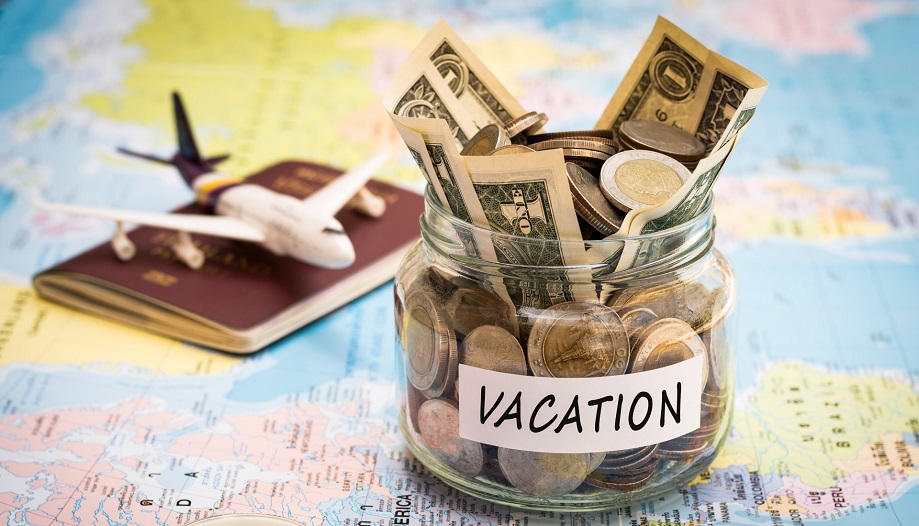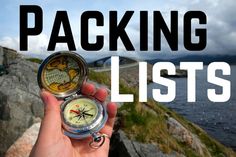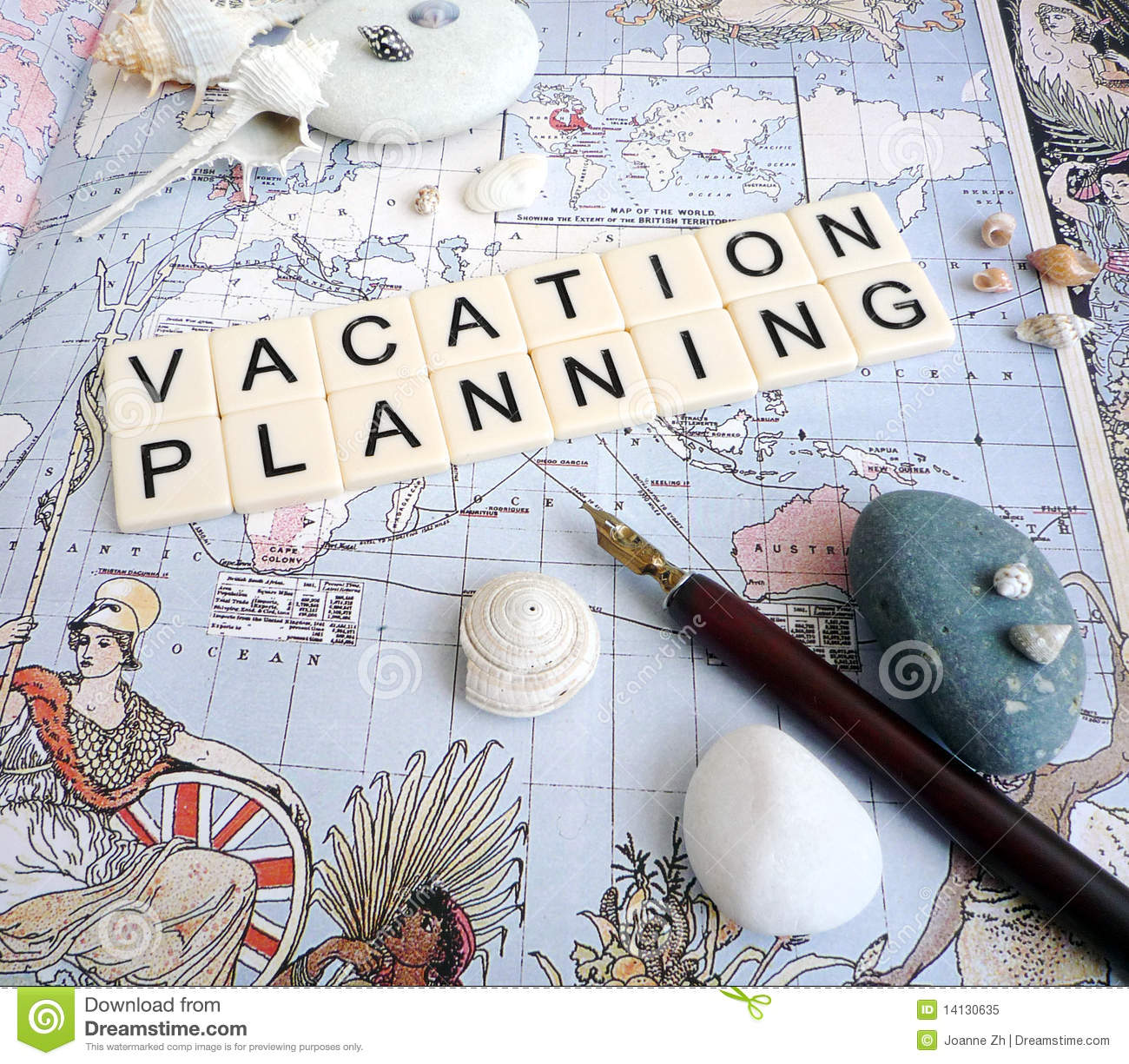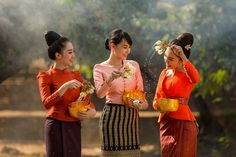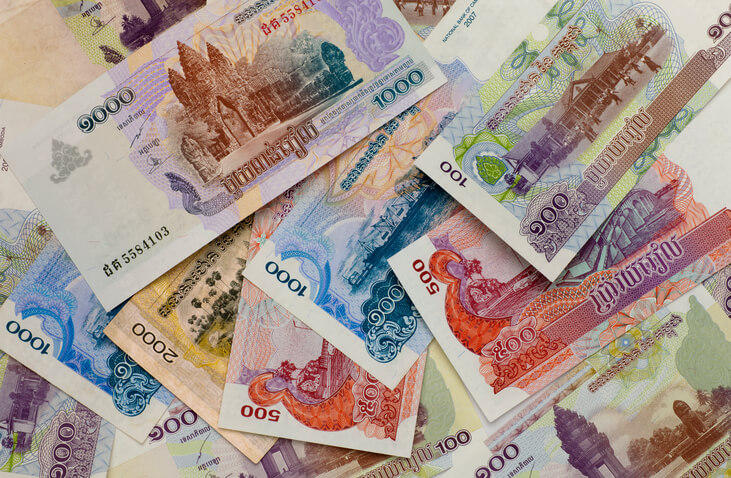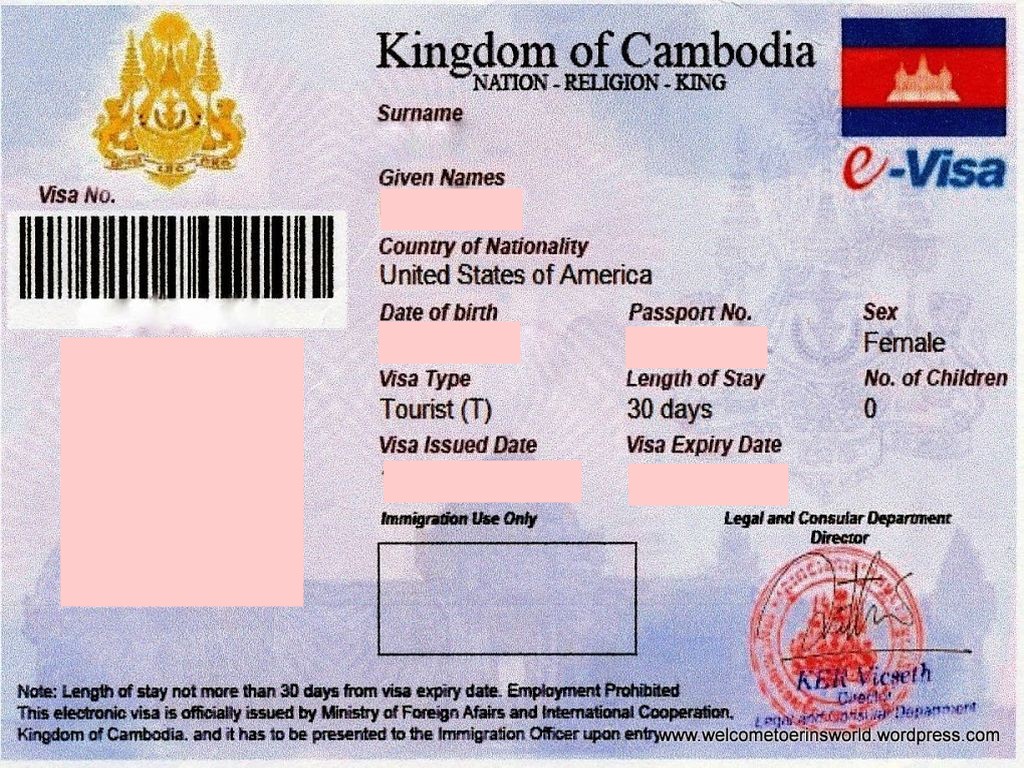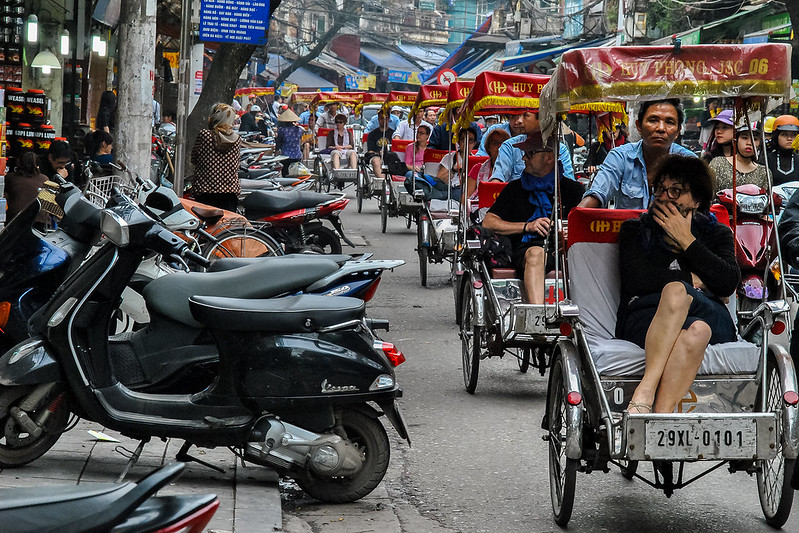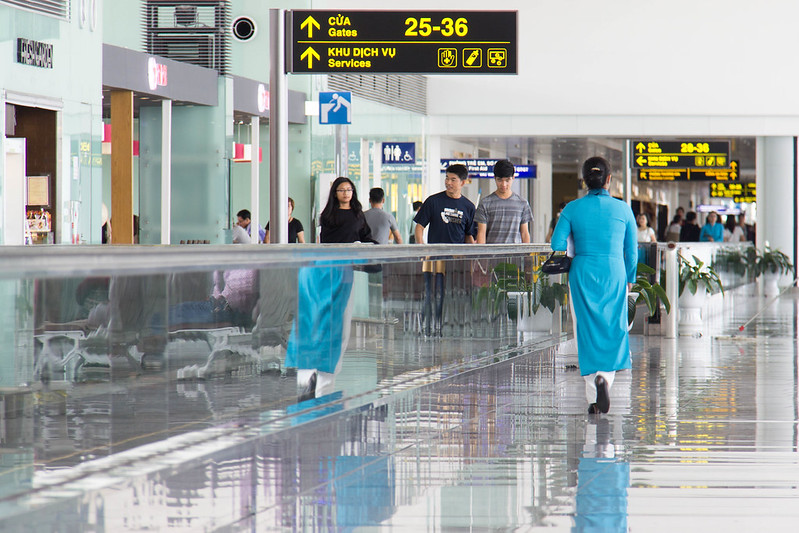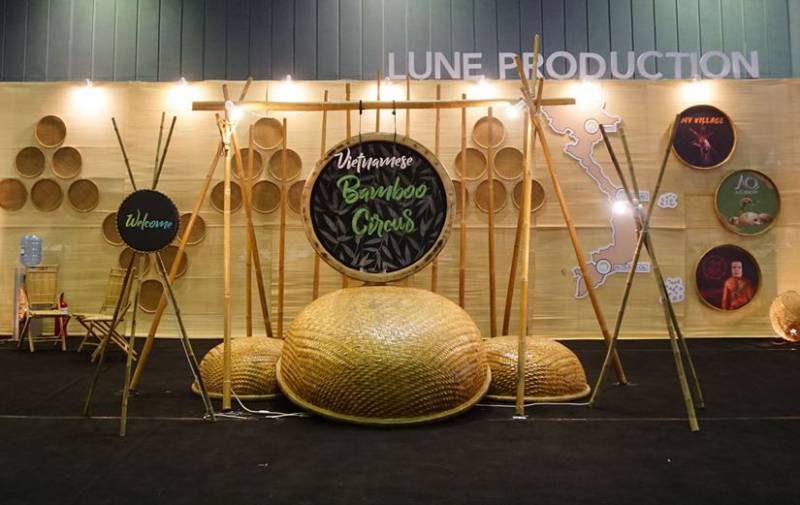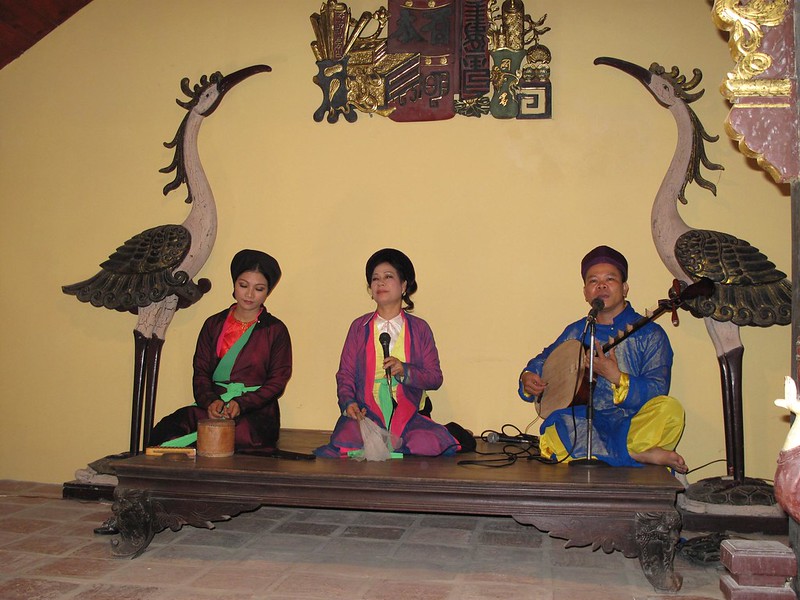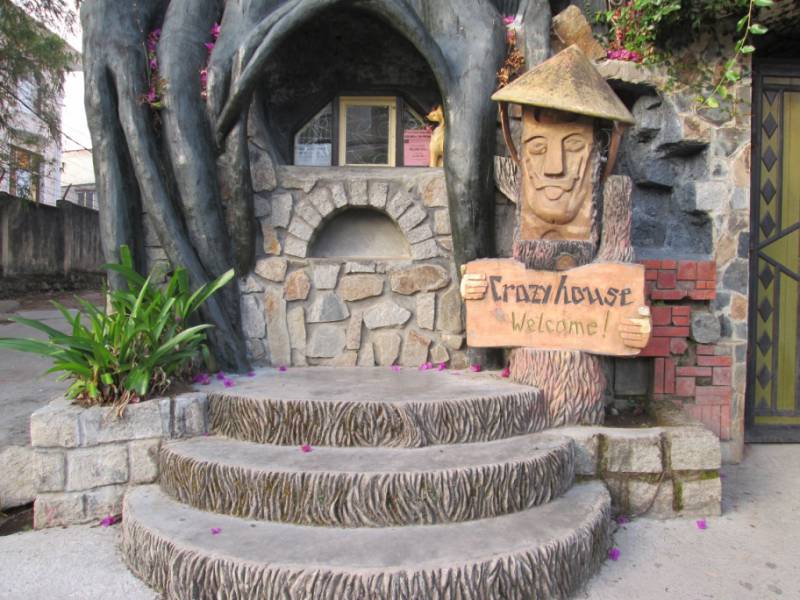The town is increasingly a launching point for sites even further afield as well, including the renowned Preah Vihear temple, the source of a long-running territorial dispute with Thailand, which has calmed down over the last few years, and also a magnificent mountain-top temple with stunning views across northwestern Cambodia. In addition to that, there is Koh Ker, a complex constructed by an errant king with a ziggurat at its heart, and Banteay Chhmar, constructed by Jayavarman VII, the great warrior king who was also responsible for the two “must-see” temples, Bayon and Ta Prohm.
So if ancient temple ruins are your thing, this province — an expanse of mostly flat land, covered in rice fields and dotted with wonderfully picturesque villages — begs to be explored. It runs along the north shore of the Tonle Sap, Cambodia’s “Great Lake”, and up to Oddar Meanchey, the last refuge of the Khmer Rouge and the place where Pol Pot met his finally, mysterious end. But there is plenty more to enjoy in Siem Reap as well.
The town itself is just five kilometres south of the temple park, and has exploded from a relatively small backwater town into the fastest-growing settlement in the nation. This tourism hub now has three PGA-rated golf courses, the presence of international hotels such as Sofitel, Raffles, Aman, Hyatt, Belmond and Le Meridien, and an airport
The provincial capital of Siem Reap is also a transportation hub, with many people passing through or stopping by en route to Phnom Penh, Battambang, Thailand or Vietnam. Siem Reap’s international airport now takes in more tourists daily than the Cambodian capital Phnom Penh, with more than 60 daily domestic and international flights arriving from China, Hong Kong, South Korea, Thailand, Laos, Vietnam, Malaysia, Singapore and the Philippines. With over four million visitors in 2014, even more expected in 2015, it is safe to say that mass tourism has well and truly arrived in Cambodia.
Developers scramble to build facilities to complement the impressiveness of Angkor, but the chaotic growth has not always had the best results and some would argue it has all happened far too quickly, without any planning or considerations of sustainability. For example, the town has been experiencing serious issues with water access for a number of years now, driving people to distraction; Siem Reap is booming and is set to remain a key stop for travellers to Southeast Asia for years to come.
Straddling the Siem Reap River which flows from Phnom Kulen, the town itself is home to a couple of minor sites of interest, some interesting shopping, excellent dining and a full range of accommodation options, from $4 flophouses to $3,000-plus a night luxury hotels.
Most tourists tend to visit the ruins in the morning and late afternoon, taking a break back in town during the middle of the day when the heat and poor light detract from the temples. The easiest way to visit is to hire a tuk tuk or motodop in the morning for a $10 to $15 flat rate, although you can also see the temples by bicycle (on average $2 per day), bus, car, helicopter, and even microlite.
Back in Siem Reap, visitors are free to spend their time lying around their guesthouse and splashing in a pool if they’re lucky, checking out some of the town’s diverse bars and restaurants, exploring the minor sites, or visiting nearby villages and shopping. Although it seems like a new hotel opens every month, the impact on prices has been minimal and there has been little variation in the last few years. During low season, it is possible to bargain a little, depending on the month. This will rarely work in July and August though, when visitors numbers spike.
Spas are springing up to tend to ruin-weary legs and dust-encrusted faces, some sumptuous, and many midrange ones which can be just as good. Almost every hotel has a contract with a local spa to provide in-room massage, while most high-end hotels have separate spa facilities.
And if you’re templed out, a growing range of tours and other activities that offer seriously promising experiences is being developed. Countryside tours by motor scooter, Vespa, horse, bicycle or quad bike are all doable, as are photography and nature tours. Trips to the Tonle Sap lake with its floating villages, flooded forest and flocks of endangered water birds will thrill the environmentally and socially conscious, while culture vultures might prefer to take in a dance troupe that blends contemporary and traditional ideas, or one of the more classical Cambodian dance performances. There is a thrilling circus that trains disadvantaged children, zip-lining, cooking classes, home stays, cultural immersions and a whole host more. There is literally no excuse for being bored in Siem Reap any more.
Even those with a minimal interest in the ruins will easily be occupied for a couple of days, while if exploring tree-shrouded hidden crevices and piles of rocks are your thing, you could end up spending a month here.
Frequently Questions Are Being Asked About Siem Reap
Which Experiences Are Best For Tours In Siem Reap?
These experiences are best for tours in Siem Reap:
SIEM REAP-THE LAND OF MEMORIES (4DAYS)
ANGKOR STOPOVER TOUR (2DAYS)
ANGKOR EXPERIENCE TOUR (3DAYS)
ANGKOR IMPRESSIVE TOUR (4DAYS)
What Are The Best Places Plus With Tours In Siem Reap?
These places are best for tours in Siem Reap:
SIEM REAP & PHNOM PENH DISCOVERY TOUR (4DAYS)
CAMBODIA IMPRESSIVE TOUR (5DAYS)
CAMBODIA-ROYAL ROUTE (7 DAYS)
Which Place Is Must See In Siem Reap?
These places must see in Siem Reap:
ANGKOR WAT
BAYON
PHNOM KULEN
TA PROHM
BANTEAY SREI
.jpg)

.png)
.jpg)
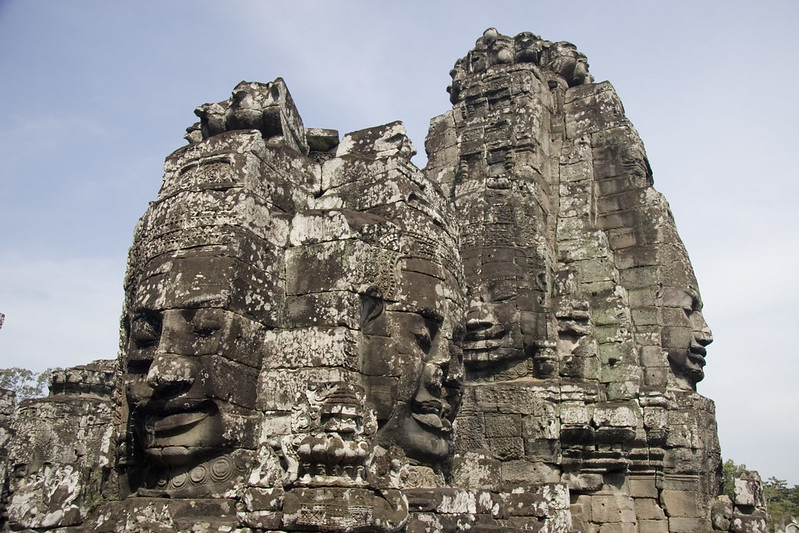
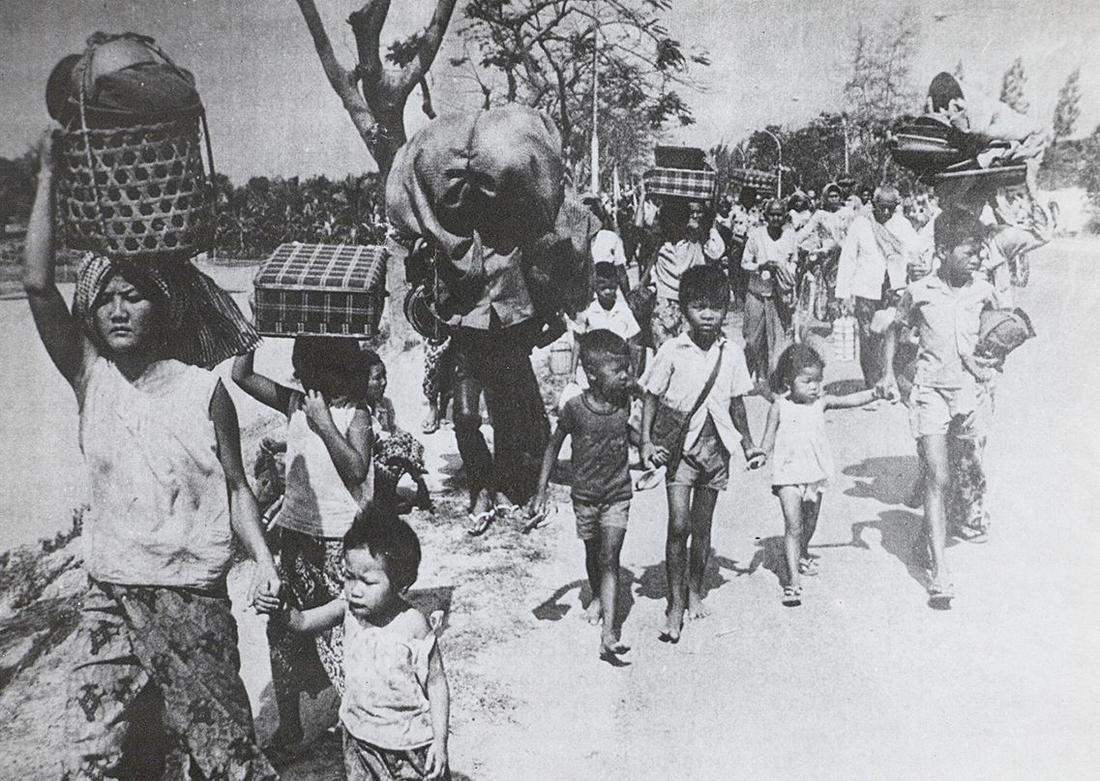
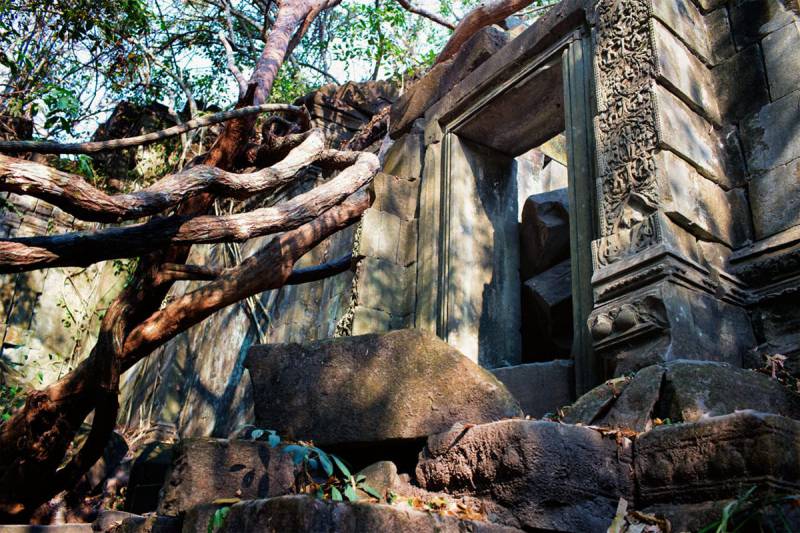
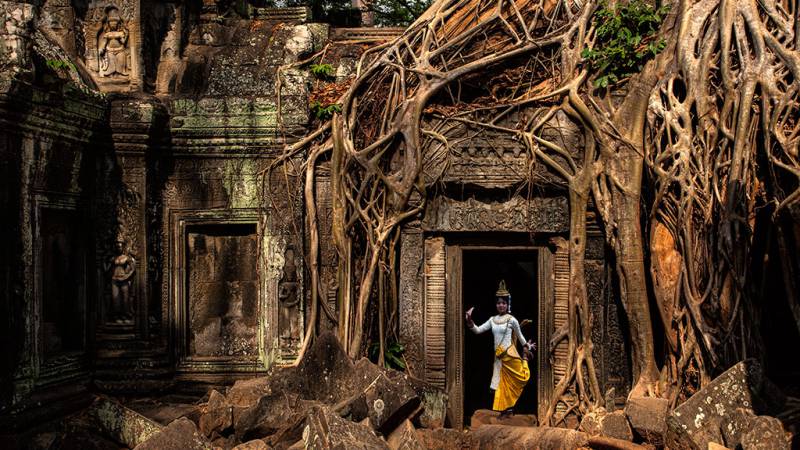
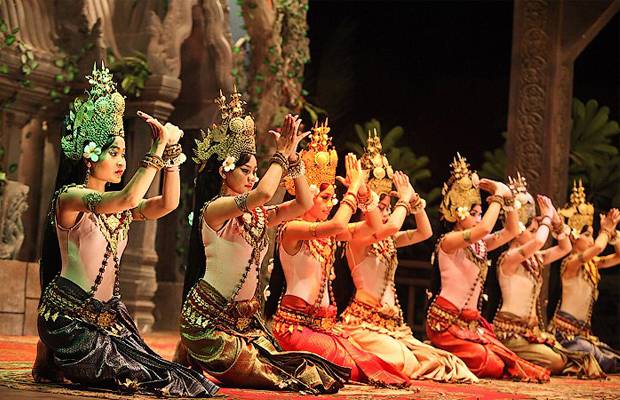
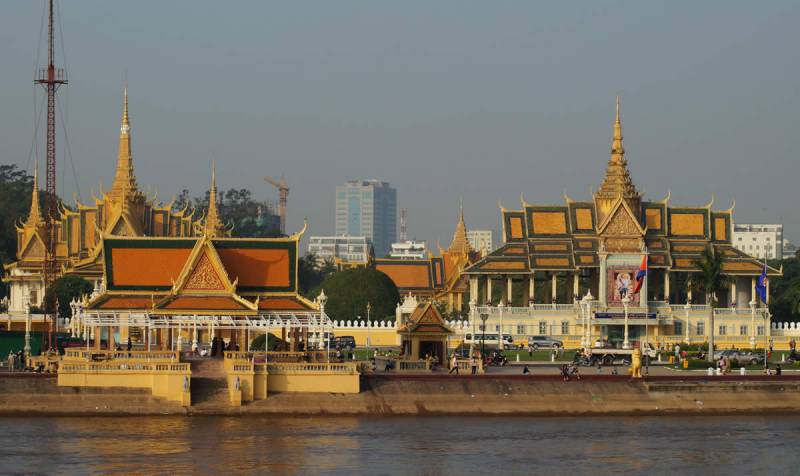
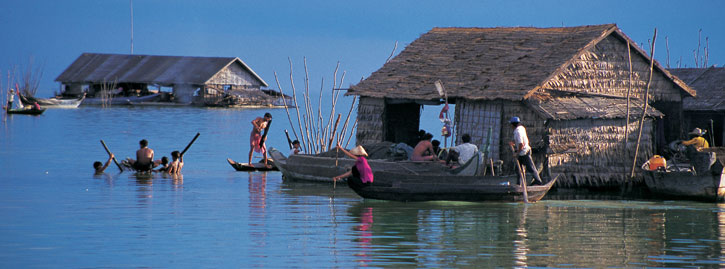
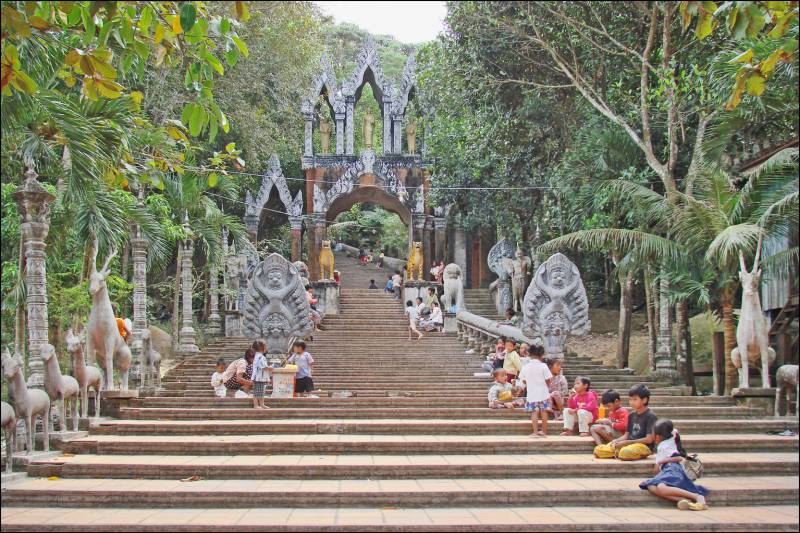
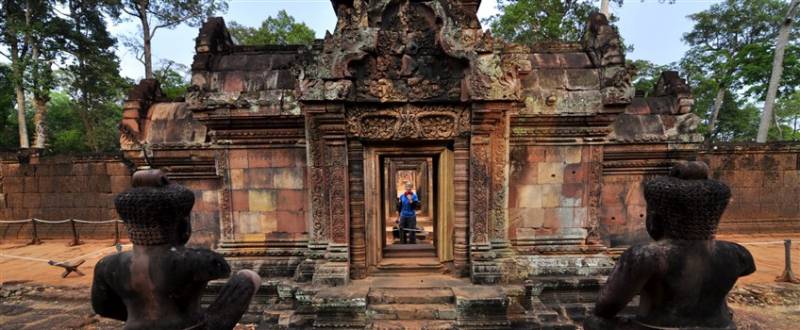

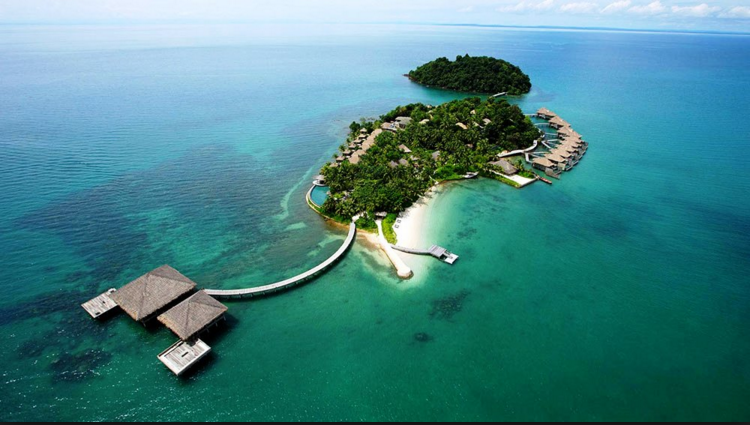
.png)

